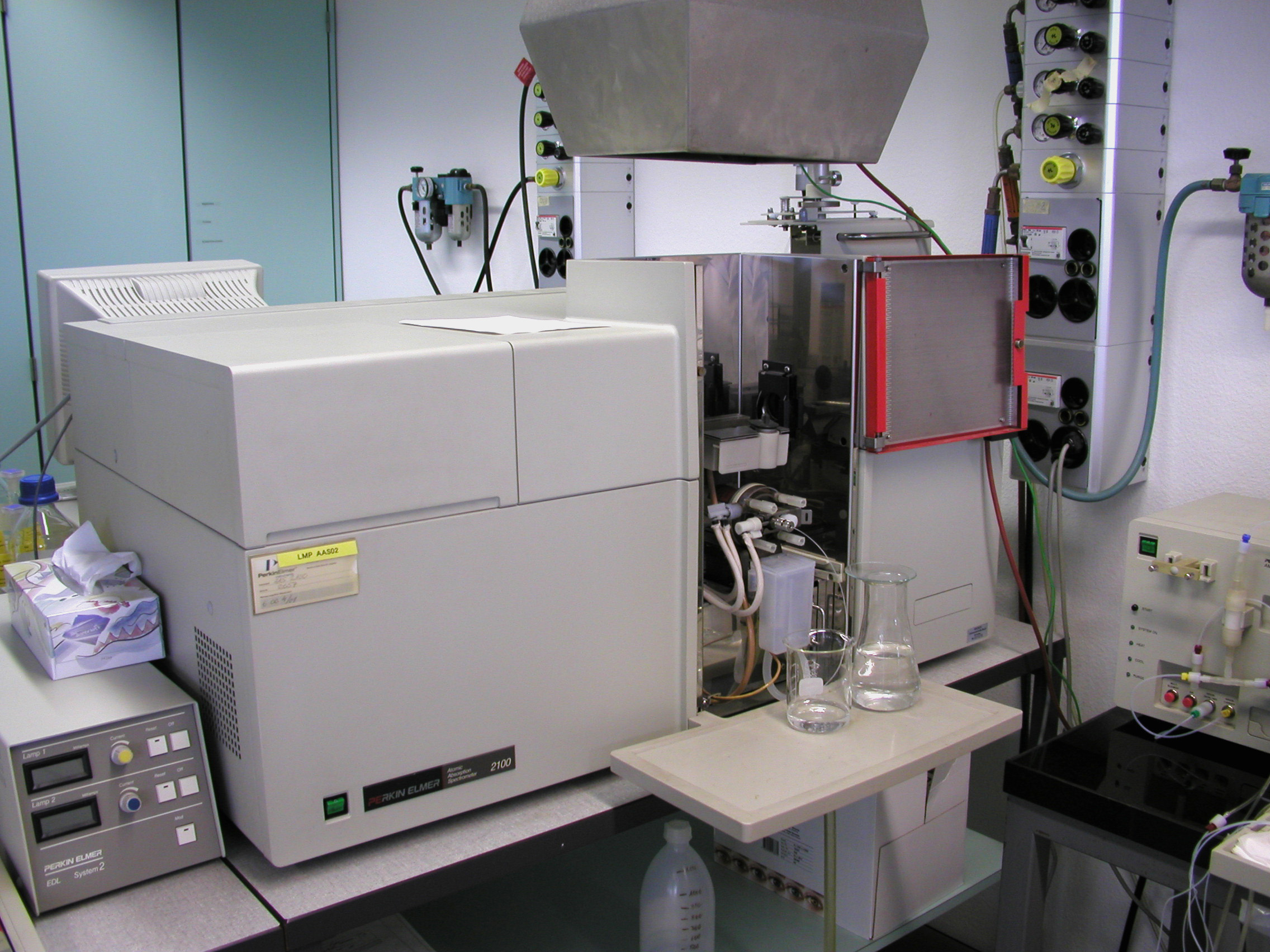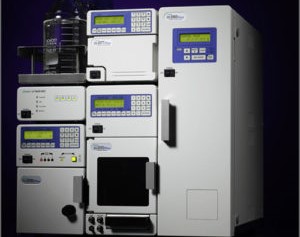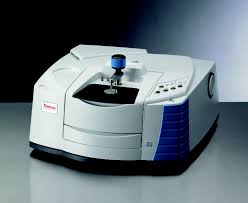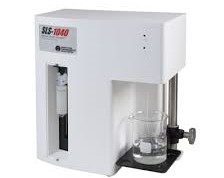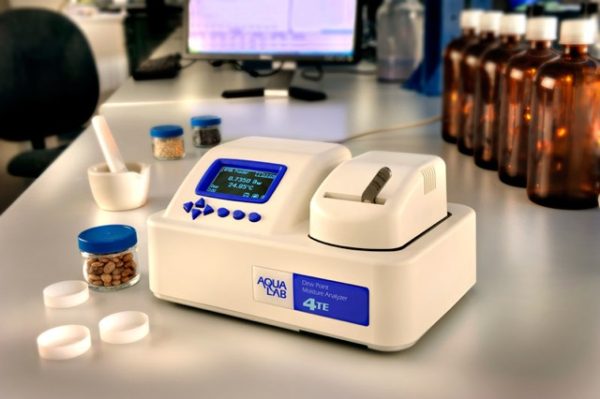-
Client
John Michael -
Year Date
April 20,2019 -
Location
Bulls Stadium, Califorina -
Category
Automation, Equipment
Partical Size Analysis
Particle size analysis lab is routinely required by industries as a critical control
parameter for raw materials, manufacturing processes, and finished products. To
fulfil this requirement of our esteemed customers, like you, we have installed the
latest; Laser Diffraction based Particle Size Analyzer, the Malvern Mastersizer
3000, in our particle size analysis lab in New Delhi.
The System is equipped with both wet and dry mode accessories allowing the analysis
of both powders and liquid dispersion. This new system has a large linear range of
measurement from 10 nanometers to 3.5 millimeters allowing particle size
measurements of diverse samples ranging from nanomaterials, right up to, coarse
systems like pharmaceutical tablet granules.
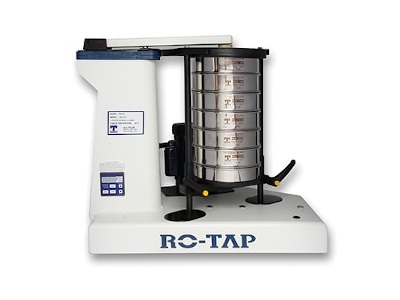
Importance of Particle Analysis Lab
Particle size and particle size distribution are amongst the most important physical properties of a particulate system, as particle size has a direct effect on a number of material properties, some of these are listed below –
- Dissolution rate and bioavailability of pharmaceutical products
- Chemical stability of reactive or hygroscopic materials
- Physical stability of suspension and emulsions in pharmaceuticals, pigments, and paints
- Flow properties of the powder and granules in manufacturing processes
- Efficacy of the drug delivery system like inhalers
- Reactivity of chemicals and catalyst
- Texture and feel of food products, creams, ointments, cosmetics
- The appearance of powder coatings and inks
- Viscosity, especially in the case of sprays
- Packing density and porosity in ceramic
Common Techniques Used in the Particle Size Analysis Lab
Depending on the particle size range and the nature of data required (size and/or shape and/or surface characteristics) various techniques are available for the measurement of particle size. Some of the main techniques are listed below –
- Mechanical Dry or Wet Sieving
- Optical Microscopy
- Sedimentation Rate – using Andreasen apparatus
- Coulter Counter, which measures particle volume
- Dynamic Light Scattering (DLS) – mostly used for the submicrometer size range
- Scanning Electron Microscopy (SEM)
- Transmission Electron Microscopy (TEM)
- Atomic Force Microscopy (AFM)
- Automated imaging
- Laser Diffraction – the principle used in Malvern Mastersizier 3000

